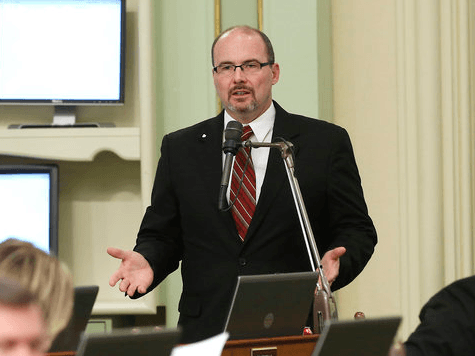Imagine you are dining in a restaurant with a dozen other people and the governor of California. While you are studying the menu, the governor starts ordering for the table.
Platters arrive, and glasses are filled … and more platters and more refills.
Then the check comes.
You know how the rest of the evening goes. Who ordered the market-price renewable energy? Who ordered the coal-free electricity? Who had the rainbow smelt? How much did you put in? We’re still short. Does that include the tip? Tax is HOW much?!
For customers of the Los Angeles Department of Water and Power, the bill has just arrived. Over the next five years, ratepayers will have to shell out an additional $230 million for water and another $900 million for power. Three-quarters of the new money for power is needed to meet state mandates — including the Governor’s Special, a requirement to use 33 percent renewable energy by 2020.
Electricity rates will go up 3 percent per year for the “typical residential” user of 500 kilowatt hours per month. It’s worse for businesses: “Small commercial” users will see their power costs rise 3.8 percent per year, and rates for “high-use residential” customers who consume 900 kilowatt hours per month will shoot up 4.7 percent per year — plus taxes.
The DWP says 85 percent of the additional $230 million in water revenues — a 3.8 percent annual hike for “typical” users — will go toward “infrastructure repair and replacement” and “water quality.” But a big slice of that — 4 percent overall — will go to pay for the Owens Lake Dust Mitigation Project. That’s our DWP-negotiated penance for the construction of the 100-year-old Los Angeles Aqueduct. Since 2000, the DWP has been pouring 25 billion gallons per year of water — drinking water — on a dry lakebed to hold down dust, at a cost to L.A. ratepayers of $1.3 billion. In November, the DWP reached a settlement that allows the use of less water-intensive dust control methods, cutting the annual water use to 22 billion gallons in 2014 but doubling the annual cost to $217 million.















